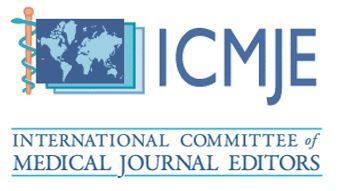Parkinson’s mimicker in Acute and Chronic Hepatic Encephalopathy
DOI:
https://doi.org/10.51200/bjms.v17i3.4257Keywords:
Ammonia, hepatic encephalopathy, hyperammonemic, manganese, ParkinsonAbstract
Hepatic encephalopathy (HE) is a neuropsychiatric spectrum mainly caused by cirrhosis, portosystemic shunt, or portal hypertension. It may also mimic the presentation of Parkinson’s disease, which can make clinical diagnosis a challenge. A 42-year-old man with underlying chronic hepatitis C with liver cirrhosis was initially admitted for chronic lower back pain. During admission, he appeared drowsy but was able to answer questions appropriately albeit with delayed and slow speech. He had bradykinesia without stigmata of chronic liver disease. Differentials at the time were hypoactive delirium and Parkinson’s disease. Blood results were normal. Magnetic resonance imaging (MRI) of the brain showed bilateral symmetrical hyperintensities at the inferior temporal lobes, medial thalamus, cingulate gyri, head of caudate nuclei, posterior limbs of internal capsules and insula on fluid-attenuated inversion recovery (FLAIR) sequence. On the T1 weighted imaging (T1WI) sequence, bilateral symmetrical hyperintensities were seen at globus pallidi, cerebral peduncles and periaqueductal regions extending to superior cerebellar peduncles. Based on imaging, a diagnosis of acute chronic hepatic encephalopathy was made. The patient was treated conservatively in the ward and was discharged with persistent Parkinsonism. In patients with neurological abnormalities where hepatic encephalopathy (HE) is least expected due to subtle symptoms, MRI could play an important role in eliciting the underlying cause, and extent of disease and for prognostication.
Downloads
Published
How to Cite
Issue
Section
License
The copyright of the article belongs to the authors, who retain ownership of their work published in the journal. Their work is distributed under the CC BY-NC 4.0 license








1.png)




